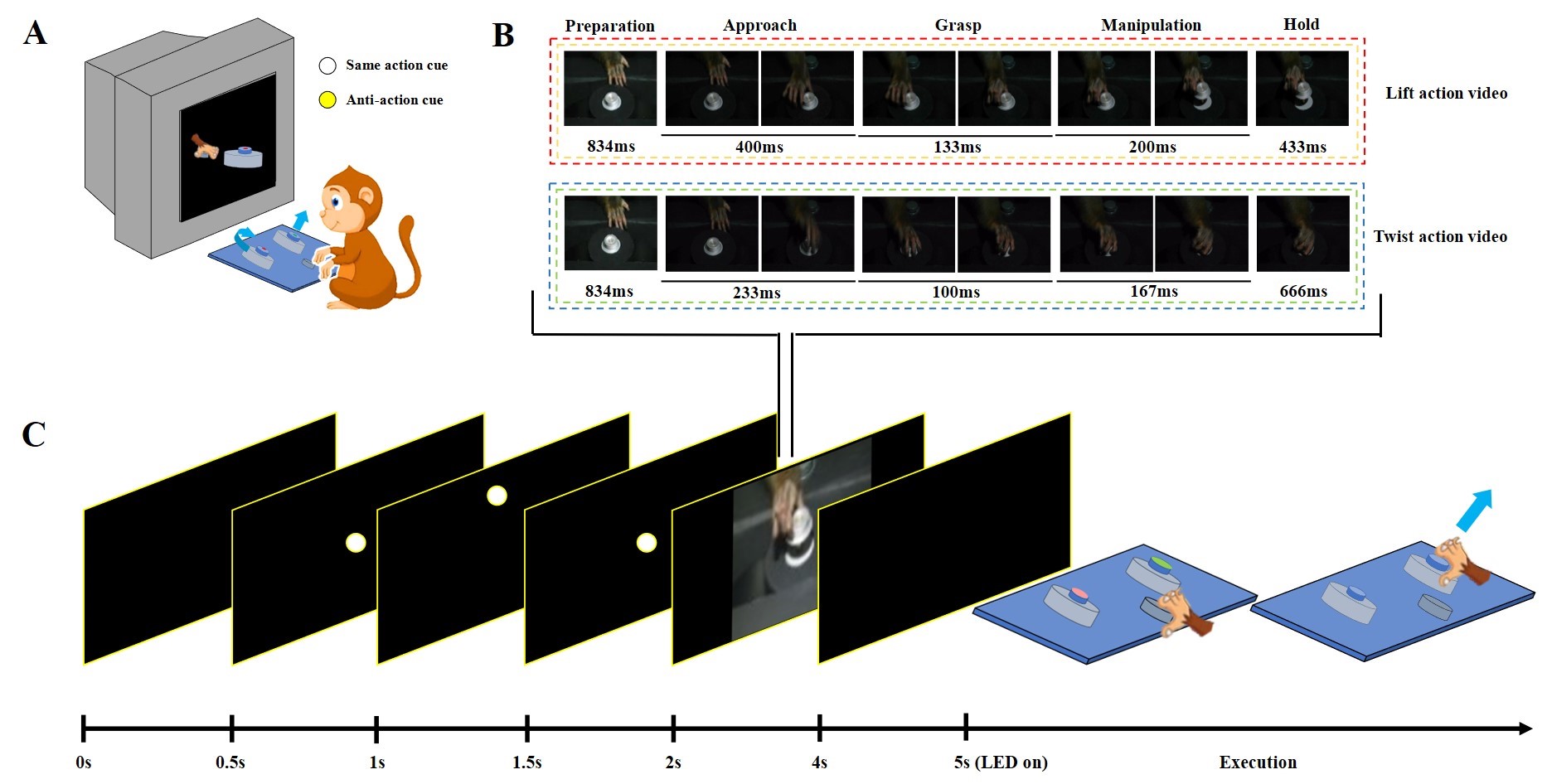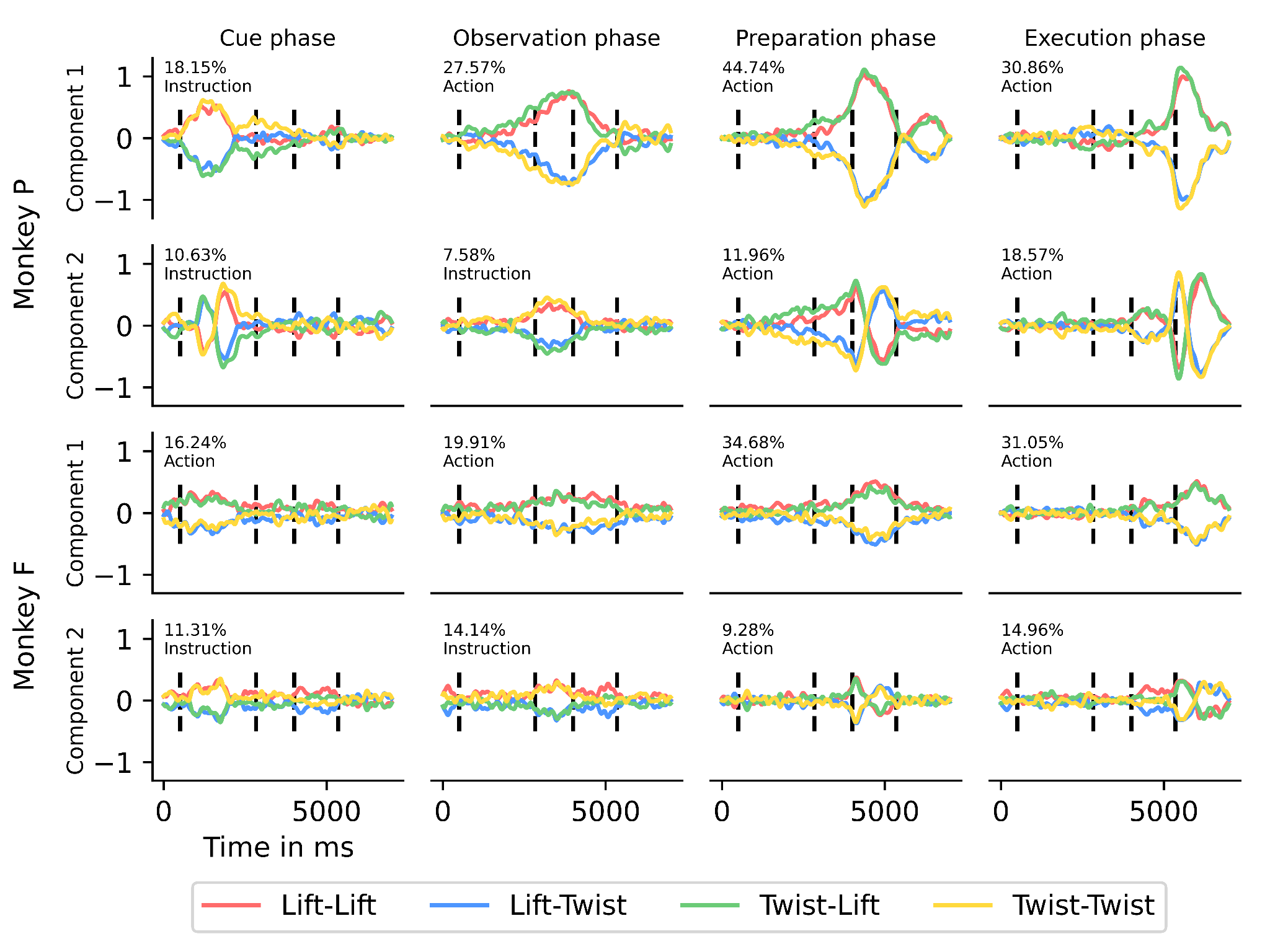Publications
Parallel Backpropagation for Shared-Feature Visualization
Predictive Features in Deep Neural Network Models of Macaque Body Patch Selectivity
Previous work has shown that neurons from body patches in macaque superior temporal sulcus (STS) respond selectively to images of bodies. However, the visual features leading to this body selectivity remain unclear. METHODS: We conducted experiments using 720 stimuli presenting a monkey avatar in various poses and viewpoints. Spiking activity was recorded from mid-STS (MSB) and anterior-STS (ASB) body patches, previously identified using fMRI. To identify visual features driving the neural responses, we used a model with a deep network as frontend and a linear readout model that was fitted to predict the neuron activities. Computing the gradients of the outputs backwards along the neural network, we identified the image regions that were most influential for the model neuron output. Since previous work suggests that neurons from this area also respond to some extent to images of objects, we used a similar approach to visualize object parts eliciting responses from the model neurons. Based on an object dataset, we identified the shapes that activate each model unit maximally. Computing and combining the pixel-wise gradients of model activations from object and body processing, we were able to identify common visual features driving neural activity in the model. RESULTS: Linear models fit the data well, with mean noise-corrected correlations with neural data of 0.8 in ASB and 0.94 in MSB. Gradient analysis on the body stimuli did not reveal clear preferences of certain body parts and were difficult to interpret visually. However, the joint gradients between objects and bodies traced visually similar features in both images. CONCLUSION: Deep neural networks model STS data well, even though for all tested models, explained variance was substantially lower in the more anterior region. Further work will test if the features that the deep network relies on are also used by body patch neurons.


